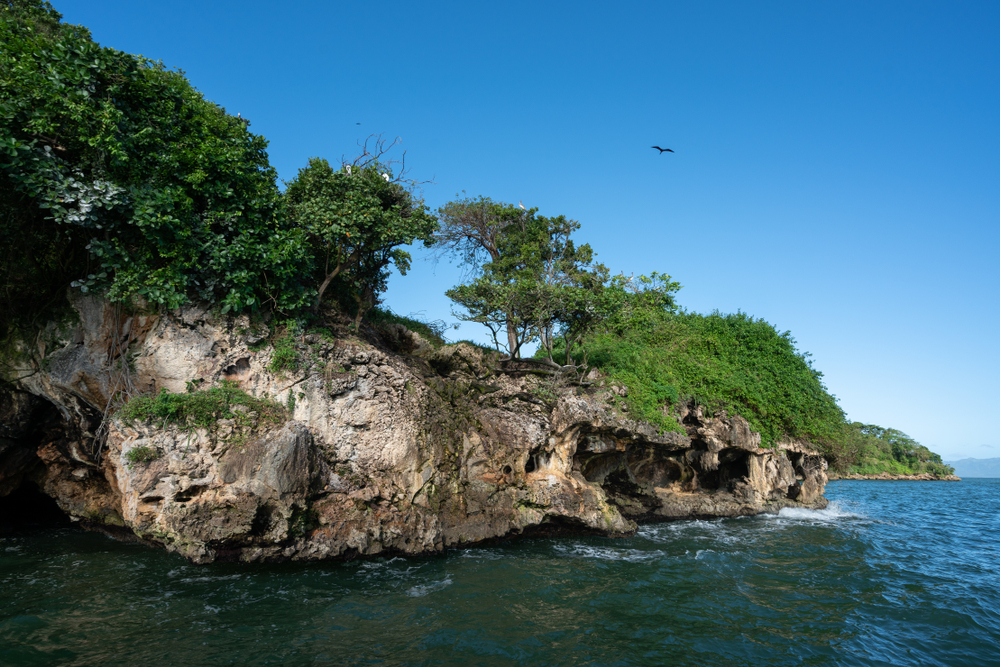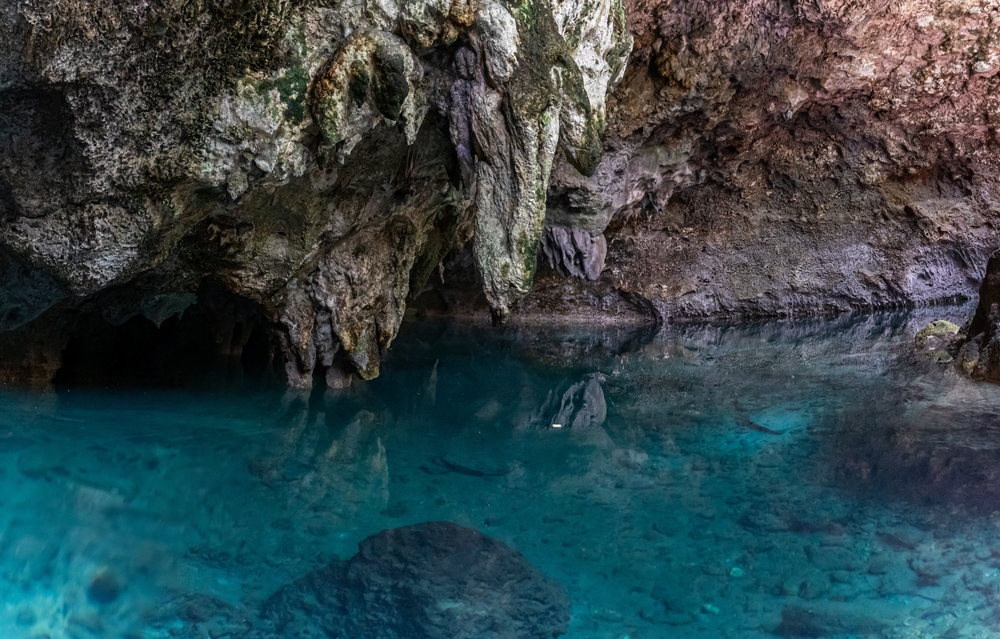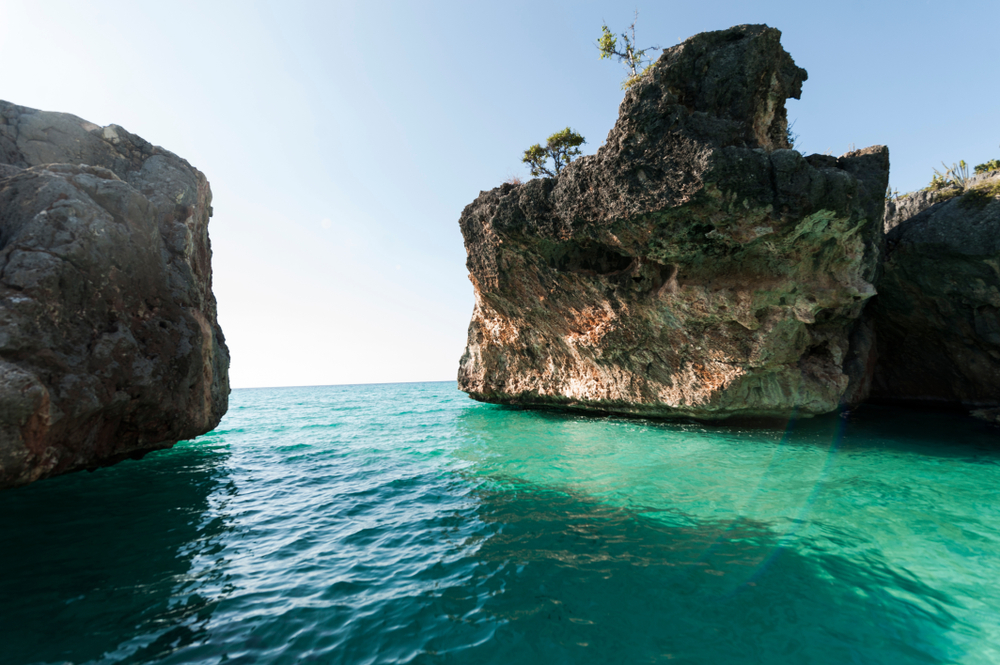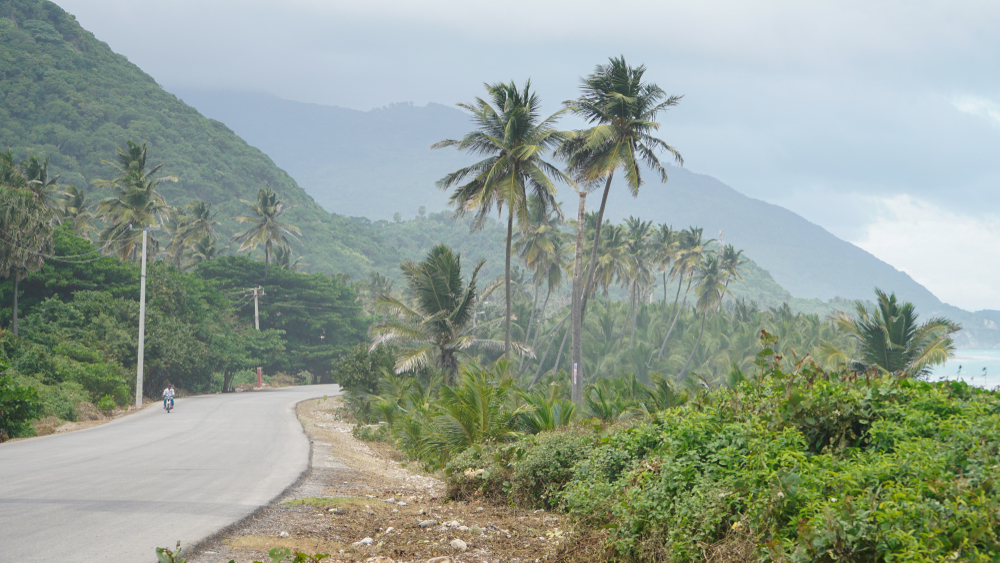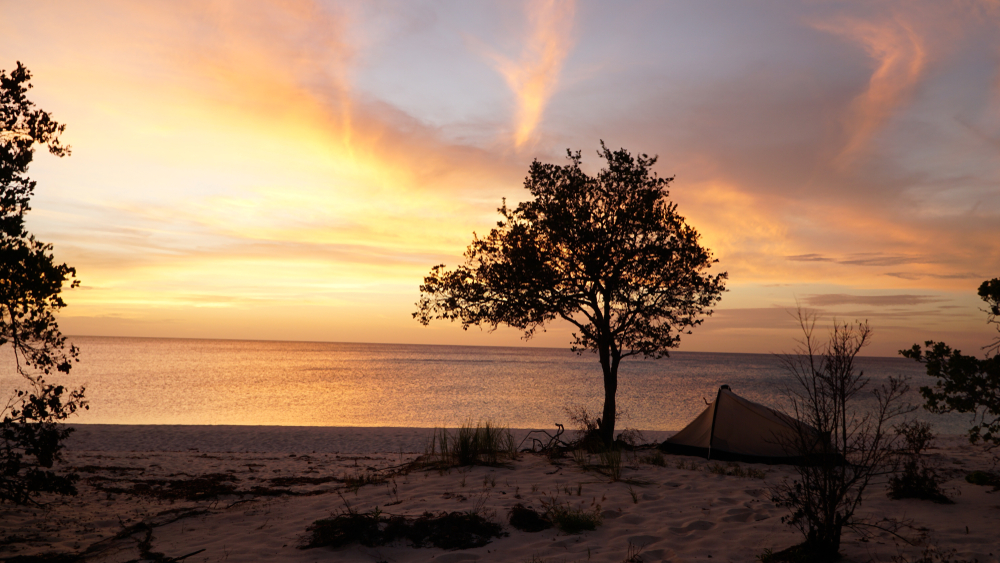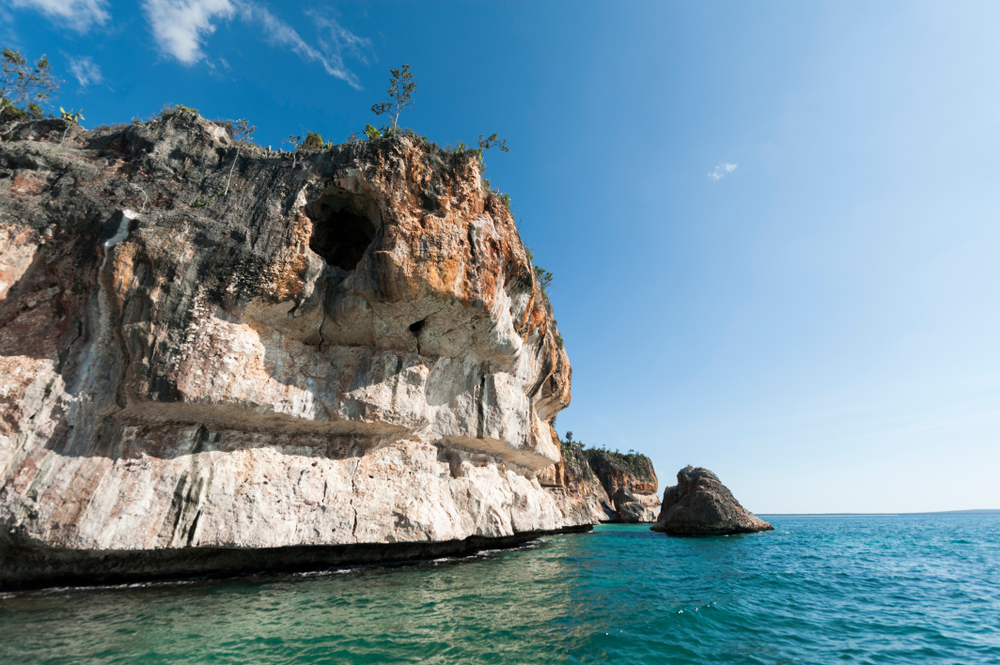Jaragua Overview
Jaragua National Park (locally known as Parque Nacional Jaragua) is the largest protected area in the Dominican Republic, encompassing approximately 1,374 square miles (3,554 square kilometers). Located in the southwestern region of the country, near the border with Haiti, the park extends from the mainland to include offshore islands such as Beata and Alto Velo. Established in 1983, Jaragua is part of the UNESCO-designated Biosphere Reserve known as the Jaragua-Bahoruco-Enriquillo Reserve.
The park features a stunning variety of landscapes, ranging from arid scrublands to coastal lagoons and pristine beaches. One of the most notable features is the extensive coastline, which includes the beautiful Bahia de las Águilas, a secluded beach with crystal-clear waters that is considered one of the most unspoiled in the Caribbean. Inland, the park’s terrain includes dry forests, cacti-filled deserts, and rocky outcrops, contributing to its unique ecological diversity.
Vegetation in Jaragua National Park is adapted to the arid environment, with species like cacti, agave, and thorny shrubs dominating the landscape. Mangrove forests are also present, particularly around the park’s coastal lagoons, which play an important role in protecting the shoreline and supporting marine life. These varied habitats make the park a haven for both flora and fauna.
Wildlife in the park is remarkably diverse. Jaragua is home to numerous endemic species, including the rhinoceros iguana and several rare bird species such as the Hispaniolan parrot and flamingos, which are often seen around the saltwater lagoons. The park’s coastal waters provide critical breeding grounds for sea turtles, including the endangered hawksbill and leatherback turtles. Jaragua’s rich biodiversity, combined with its dramatic landscapes, makes it an essential destination for nature lovers and conservationists alike.
Park Map
Jaragua National Park Highlights
Engaging Jaragua National Park
Sources
- Groupo Jaragua, Jaragua National Park, https://www.grupojaragua.org.do/pnj_english.html, retrieved August 2024.
- Dominican Republic Tourism, Jaragua National Park, https://www.godominicanrepublic.com/listing/jaragua-national-park/2562/, retrieved August 2024.
- Go Dominican Travel, Jaragua National Park, https://www.godominicantravel.com/jaragua-national-park/, retrieved August 2024.
- UNESCO, Parque Nacional Jaragua, https://whc.unesco.org/en/tentativelists/6290/, retrieved August 2024.
- Wikipedia, Jaragua National Park, https://en.wikipedia.org/wiki/Jaragua_National_Park, retrieved August 2024.












































































